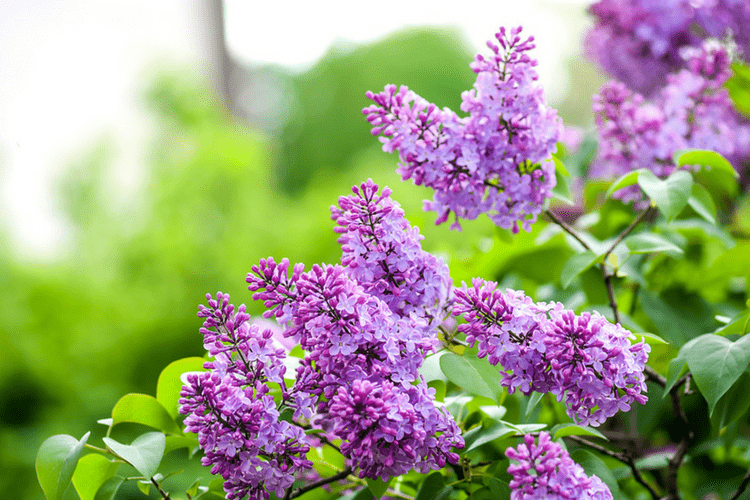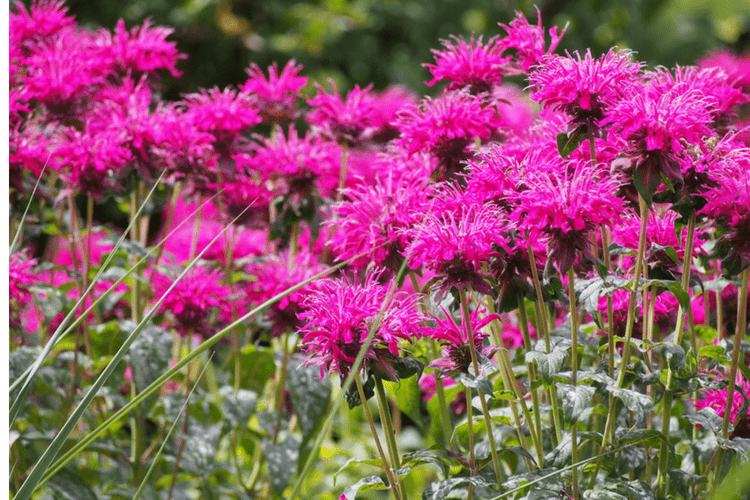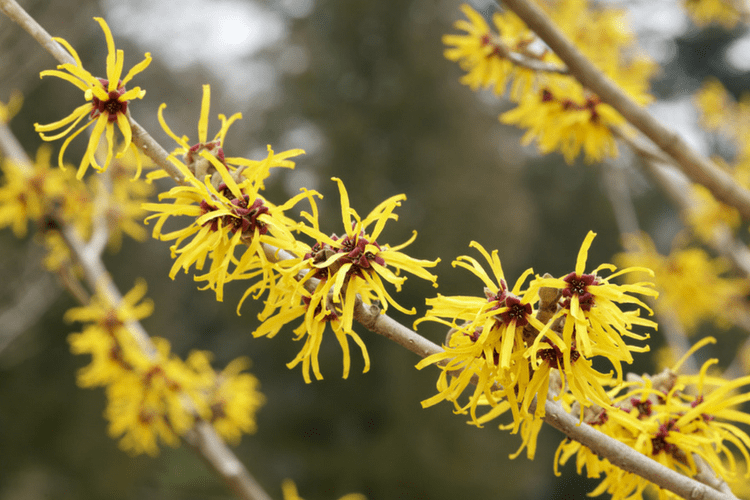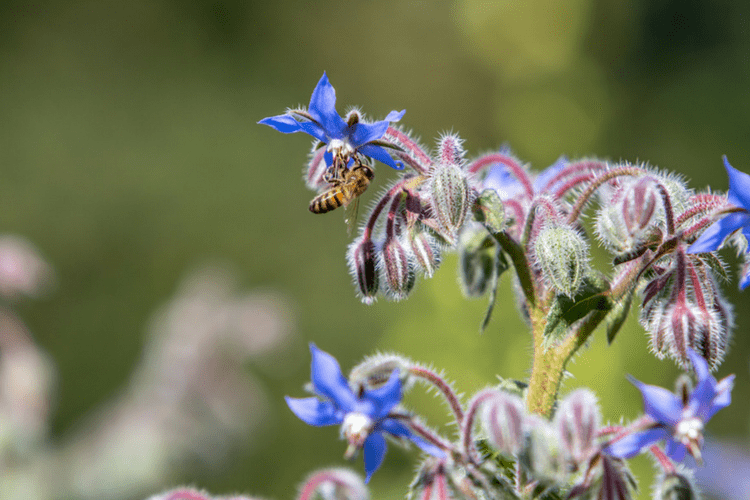Top 10 Flowers to Plant to Help the Bees/Butterflies
For Spring
- Wild lilac: These flowering shrubs are easy to grow and come in seven colors. Bees and butterflies love their sweet fragrance.
- Calendula: Also known as pot marigold, this flower has a long history of helping others out. Humans have used it to flavor their stews and soups, and bees still enjoy what calendulas have to offer.
- Borage: Borage is a critical honey plant and was used by humans as a spice and herb. It does great in the shade and in loose soil.

For Summer
- Snapdragons: In the daytime, snapdragons ramp up their scent, releasing four times as much as they normally do. Bees are drawn to the scent and bring it back to the hive. That prompts other bees to seek out snapdragons.
- Cosmos: These flowers grow tall, strong and pretty to provide male bees with nectar and females with pollen.
- Bee balm: Any flower that has the name “bee” in it must be good for bees, right? That’s certainly the case with bee balm flowers, and they’re easy to grow.
- Echinacea: What has a nicely sized landing pad, delicious nectar and pollen, and bee-friendly colors? Yep, echinacea!

For Fall
- Goldenrod: One nice thing about goldenrod flowers is that many different kinds of bees use them. Mix species of goldenrod to attract the most diversity, for example, a tall goldenrod behind a shorter one.
- Witch hazel: Witch hazel provides a splash of color among otherwise drab and brown landscapes to tell bees, “Hey, we’re here. Come visit!”
- Zinnias: These flowers come in many varieties, so you can pick those that match the aesthetics you’re looking for. Bees love the flowers, no matter what they look like, and keep coming back.

Other Things to Do
In addition to planting bee-friendly flowers, other steps you can take include:
- Avoiding herbicides and pesticides in your garden. They can kill bees and butterflies. The bugs in the area will naturally keep pest numbers where they need to be.
- Leaving a patch of earth uncultivated: Some bees burrow and nest, and they’d really love it if you left a bit of your garden to them.
Have fun enjoying the beautiful sights in nature!





